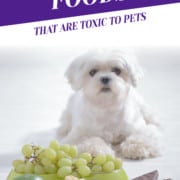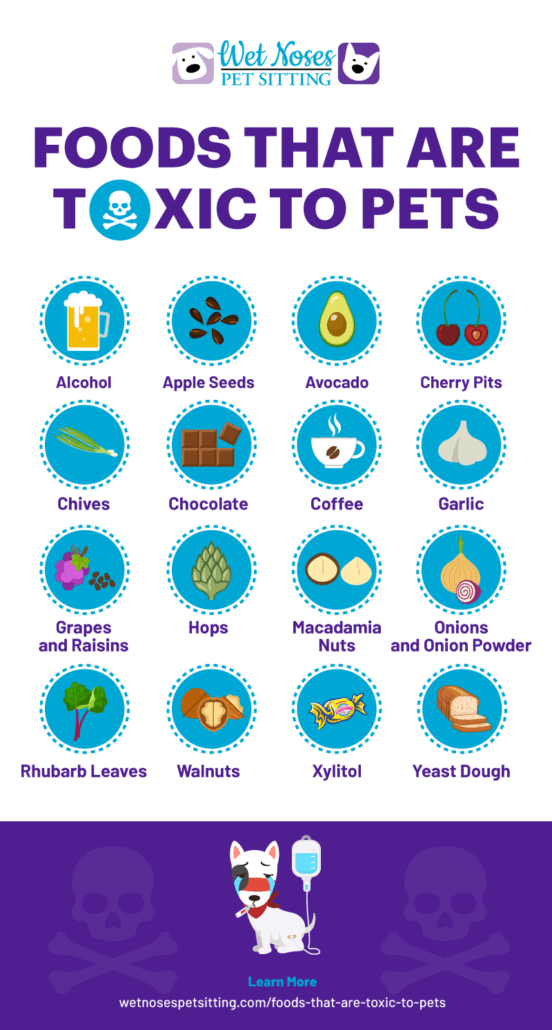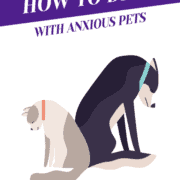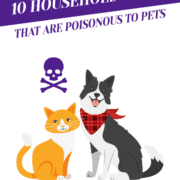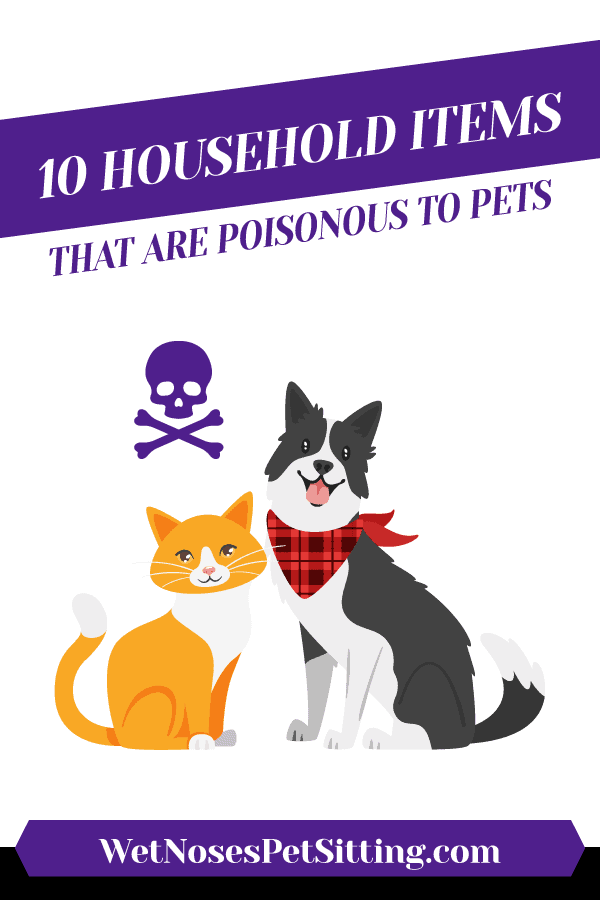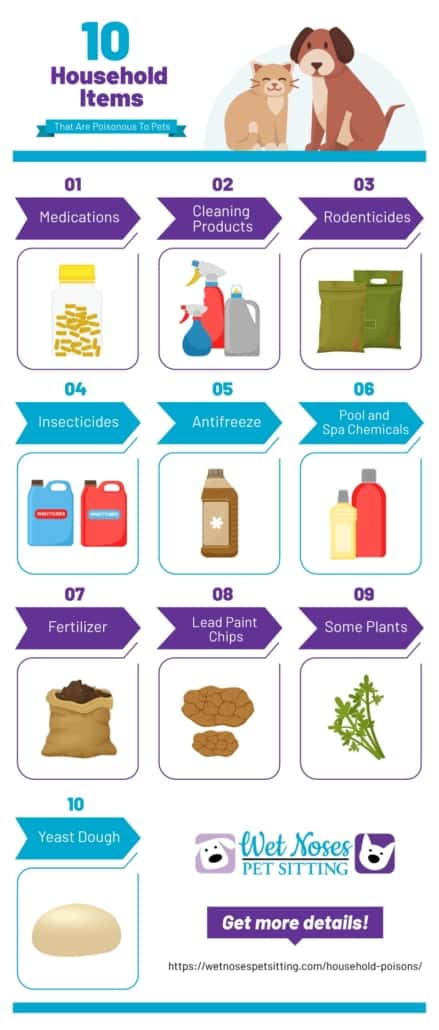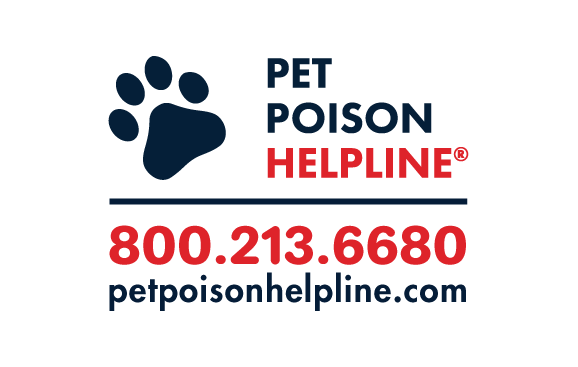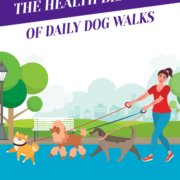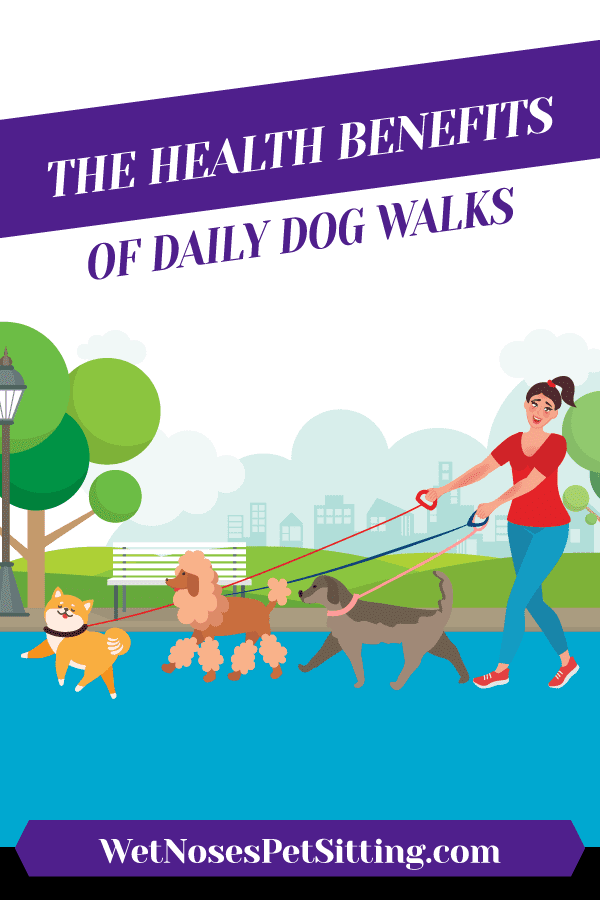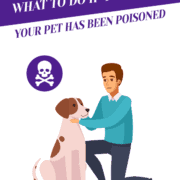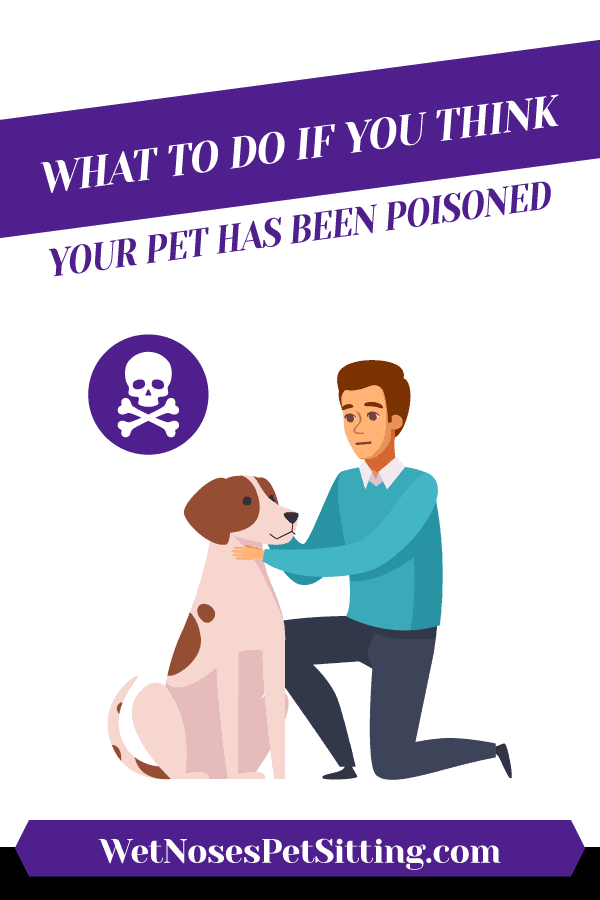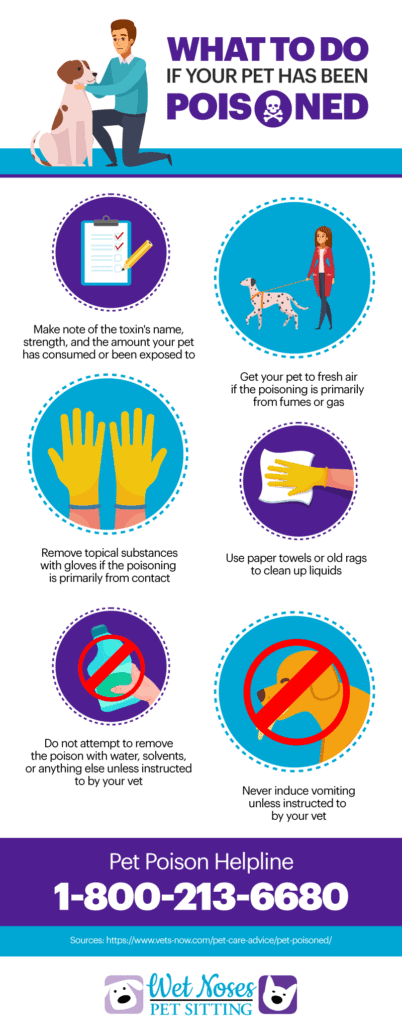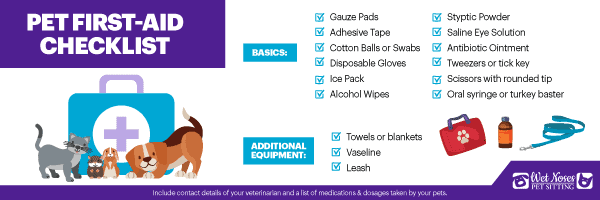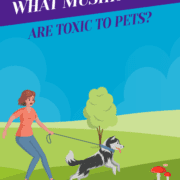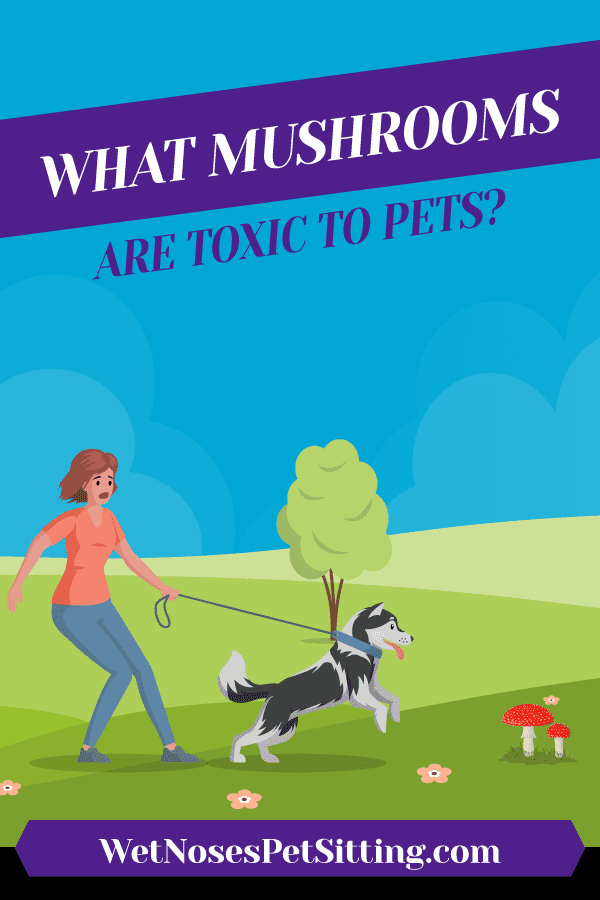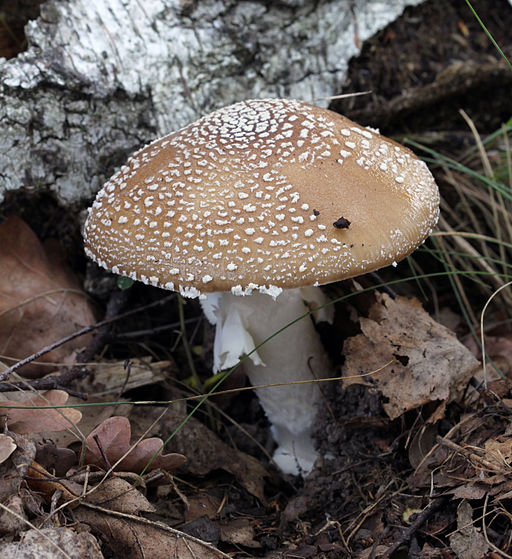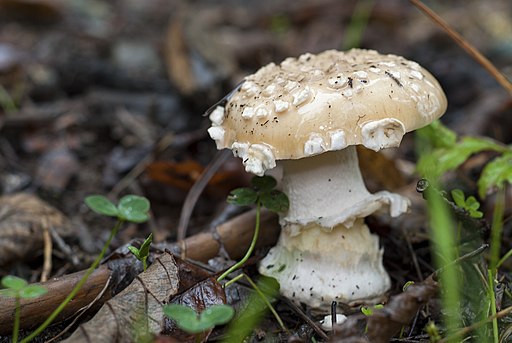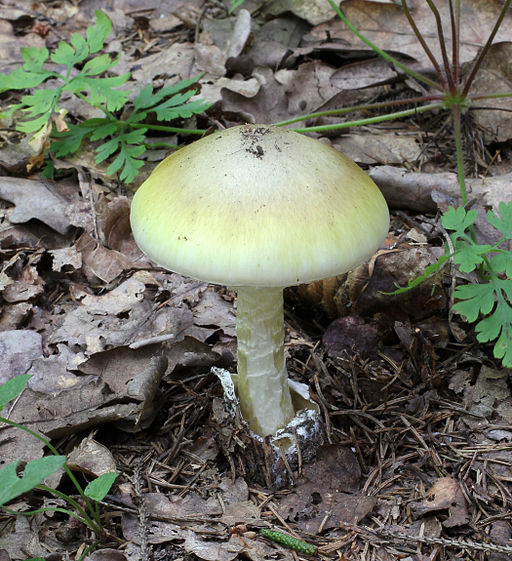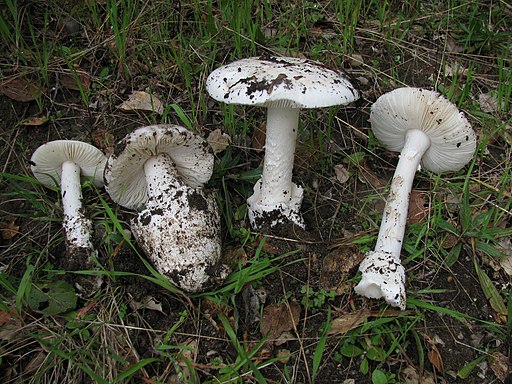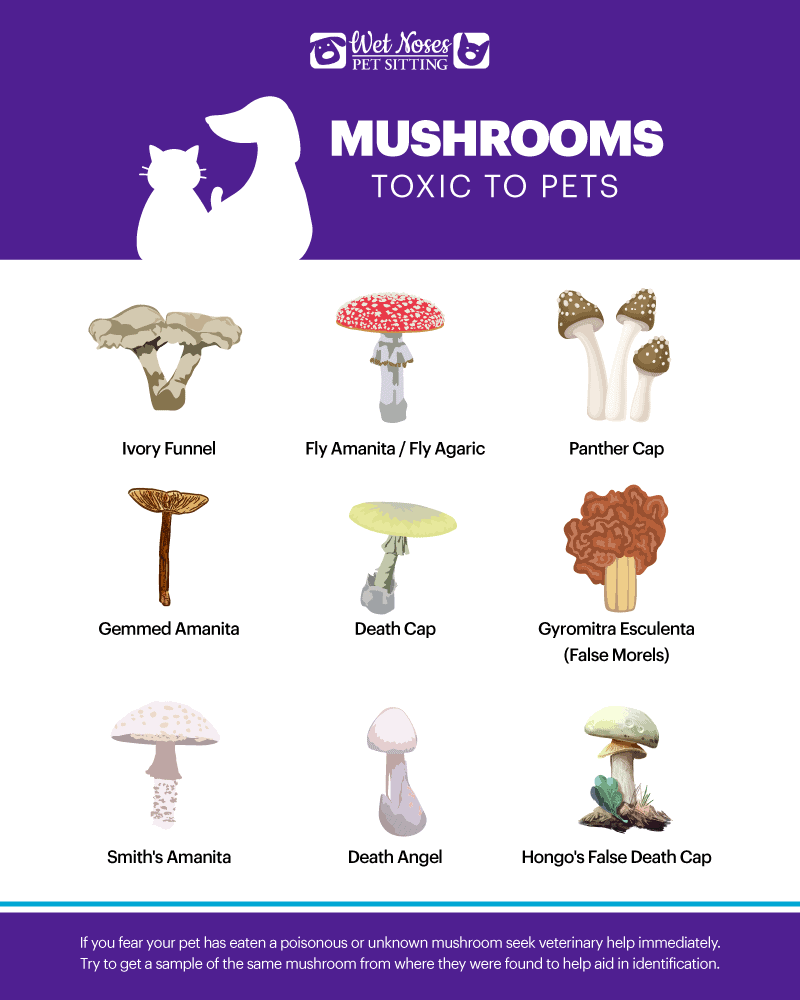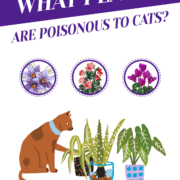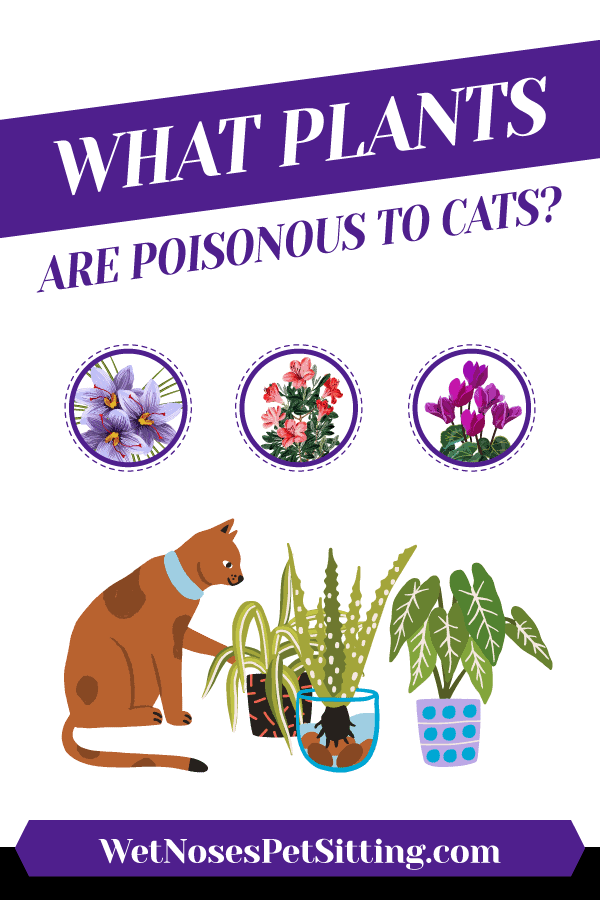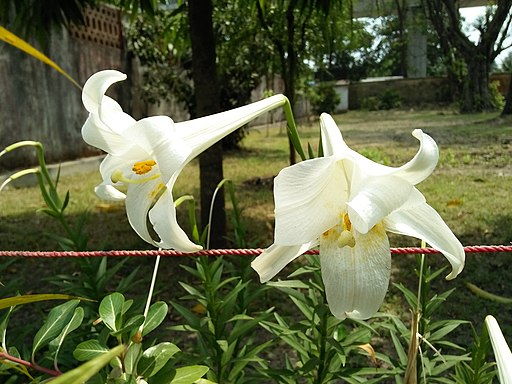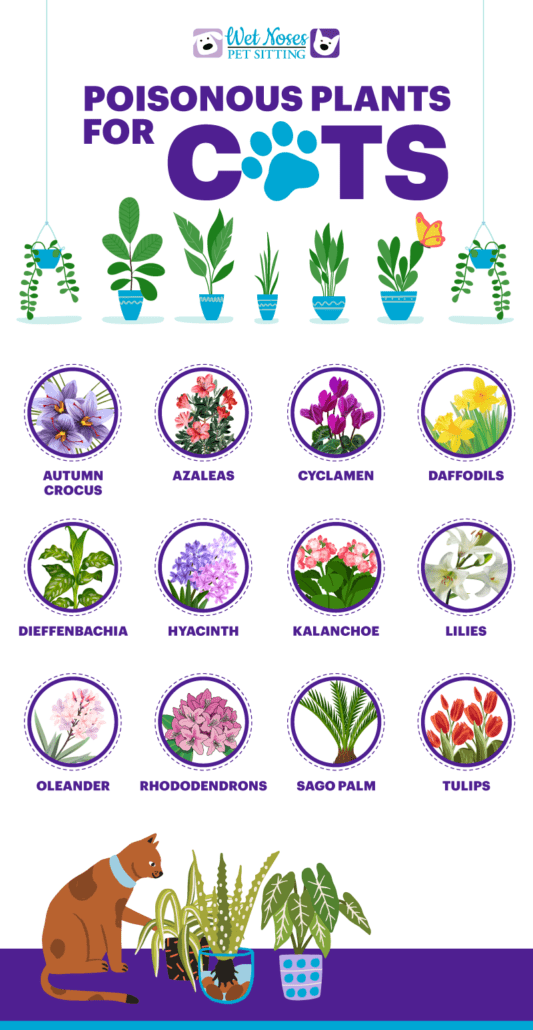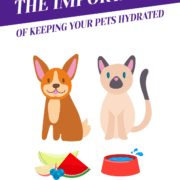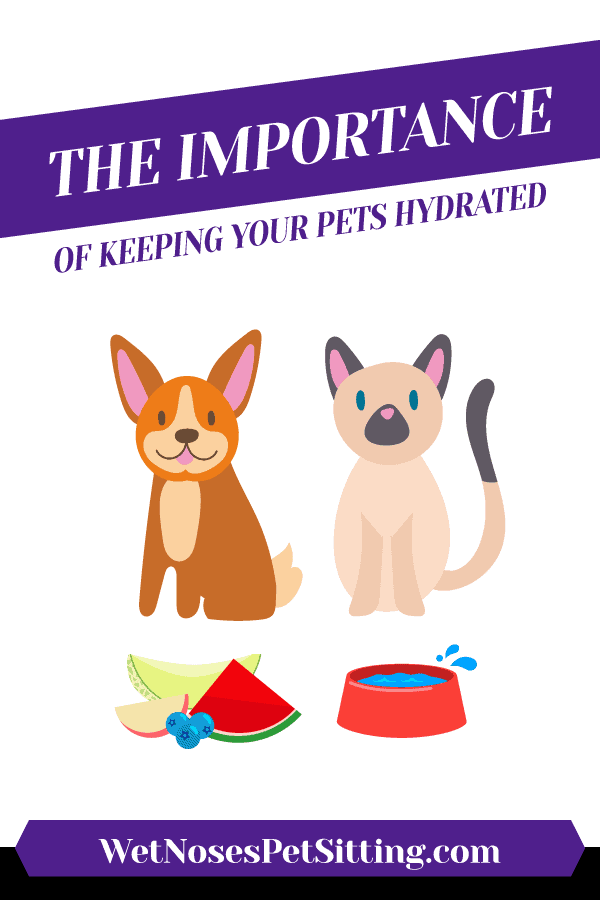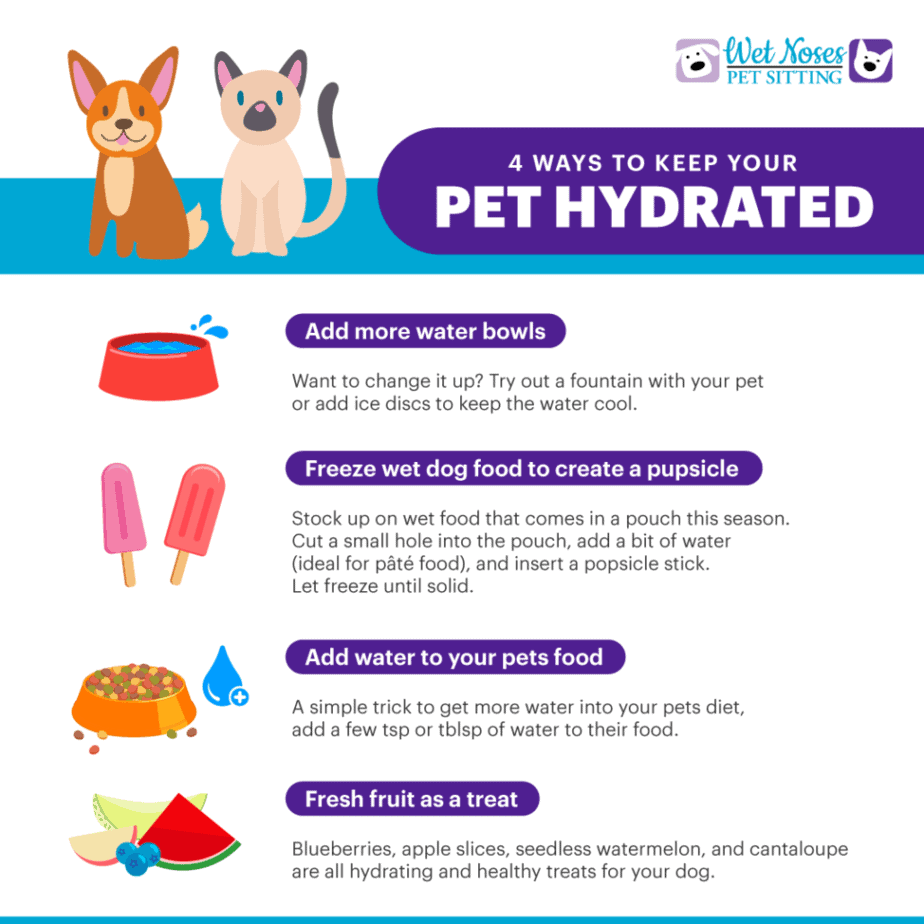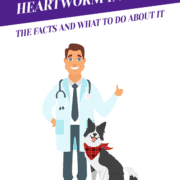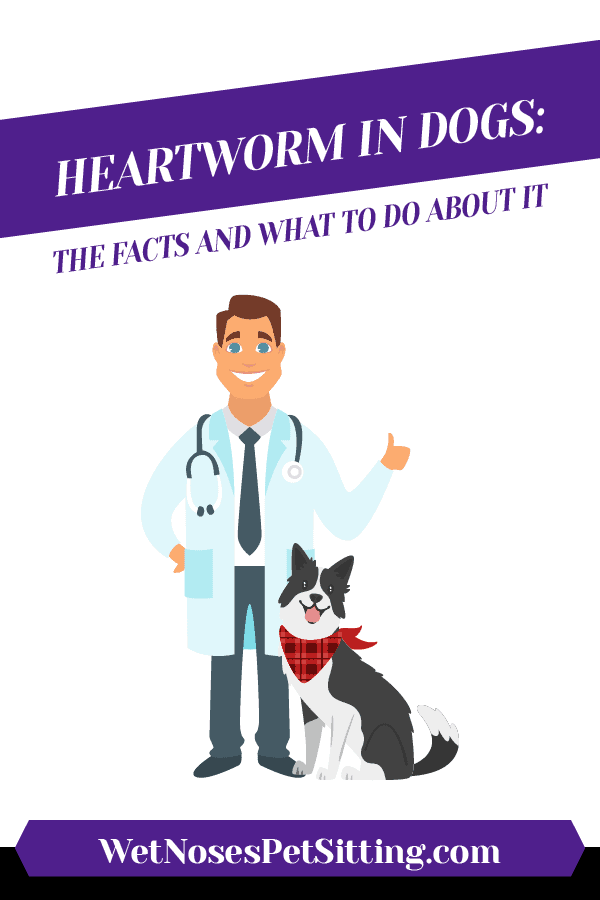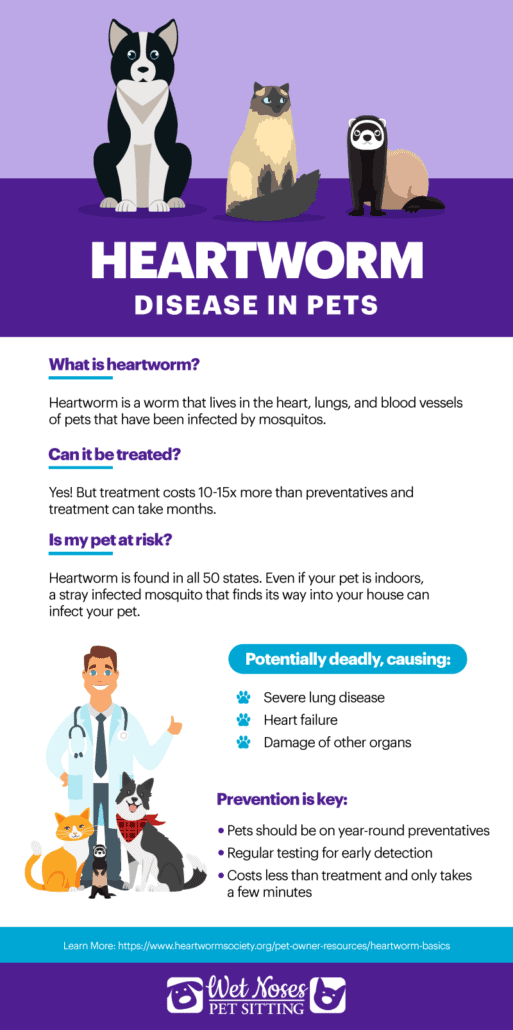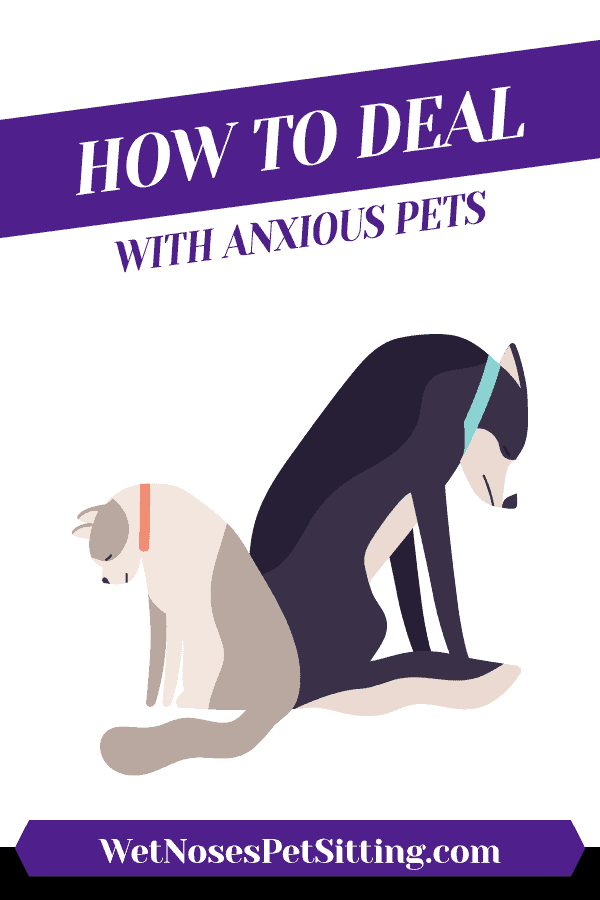
How To Deal With Anxious Pets
How do you deal with anxious pets? It’s a question a lot of pet parents ask – myself included. If I’m gone for more than 6 days one of my cats gets a urinary blockage. Here are some ways you can help with anxious pets.
1. Distractions, distractions, distractions
When does your pet seem to be the most anxious? Is it right after you leave? Or when they wake up from a nap and nobody is there? Sometimes having a distraction is the best thing for them. We have a whole blog on interactive puzzle games for both cats and dogs. These toys can provide just enough distraction to get you out of the house or keep your pet distracted from their anxiety.
2. ThunderShirt
You may have heard of ThunderShirt before. It essentially works the same way swaddling a baby calms them down. The biggest downside to ThunderShirt is it needs to be on your pet prior to the stressful situation so it won’t be as effective if their anxiety is unplanned. These work best for events like Fourth of July or New Years when you know stressors such as fireworks will be happening.
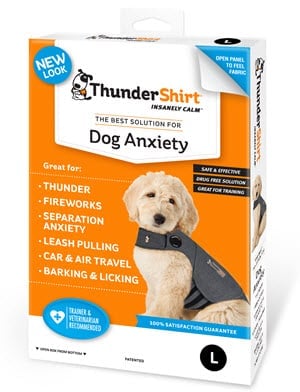
ThunderShirt Classic Anxiety Vest for Dogs, Heather Grey on Chewy, Starting @ $39.95

ThunderShirt for Cats @ $39.95
3. Pheromones
Pheromones are much different from essential oils. Essential oils can actually be toxic to pets, but pheromones (produced synthetically) can help provide an anxious pet relief. Adaptil is the dog version and Feliway is the cat version. The dog version will not work for cats and vice versa.

The classic diffuser is great for open floor plans or large rooms as they cover 750sqft. If you have a large house or many closed off rooms, you may need to invest in multiple diffusers. You can learn more about the Home Diffusers on their website.
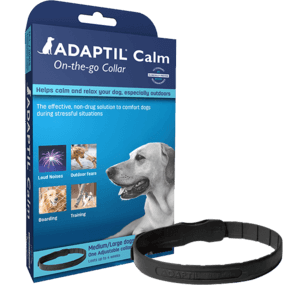
They also produce a collar and travel sprays for pets on the go or when a diffuser isn’t a viable option.
4. Calming Sprays
Calming sprays can also be a good option if your pet likes to hang out in one specific area. These don’t require being changed out monthly, only when they’re empty, nor putting a collar onto your pet.
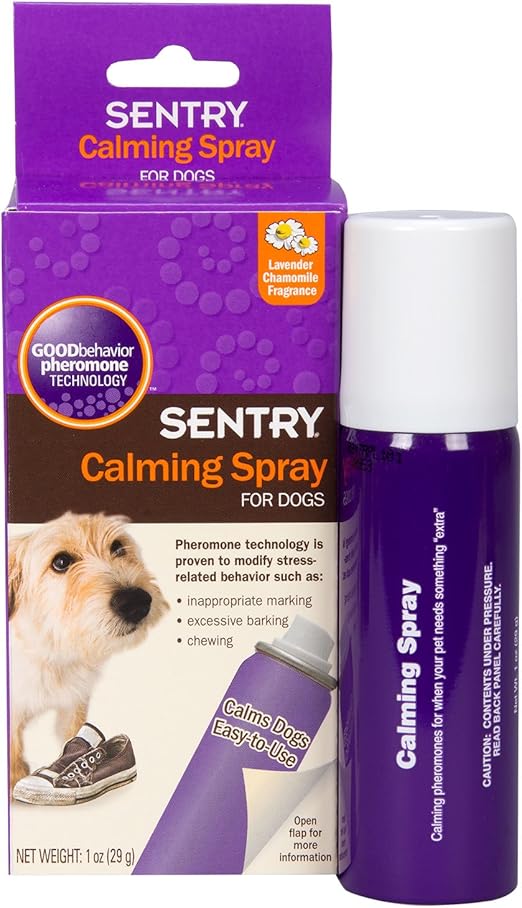
SENTRY Calming Spray for Dogs, 1 oz on Amazon @ $22.95

Feliway Cat Calming Pheromone Spray @ $20.59
5. Calming Chews
Calming chews can be bought over-the-counter at most pet stores. These chews aren’t as strong as something you’d get from the vet but provide a natural way to help calm your pet. Depending on which one you choose they may be hard or soft treats. Some brands also include hemp seed oil.

Quiet Moments® Cat Soft Chew on Amazon @ $9.99

treatibles Chews for Dogs, varying prices
6. CBD Oil
Pet owners have found varying success with CBD Oil helping their pet with anxiety and you may as well if you’re looking for a more holistic and natural approach to managing your pets anxiety. Before starting CBD Oil make sure to talk with your vet, especially if your pet is on any medication, to make sure it’s safe to give them. There’s lots of different brands out there and methods of delivery, you’re sure to find one that fits you and your pets needs. Some brands to start your research are:
7. Consider talking with your vet
Just like with people, some pets need anxiety medication to help manage their anxiety. Pets can’t articulate how they’re feeling but if you’ve tried all of the above ways it may be time to have a discussion with your vet. Make sure you discuss you and your pets needs. Do they need a slight sedative or something stronger? Is there a liquid option if your pet doesn’t take pills? Don’t have a regular vet? We have you covered. Here’s our 5 tips for picking a veterinarian you love.
Do you have an anxious pet? Let us know how you help control their anxiety and if there’s anything we forgot @WetNosesPetSitting or #WetNosesPetSitting
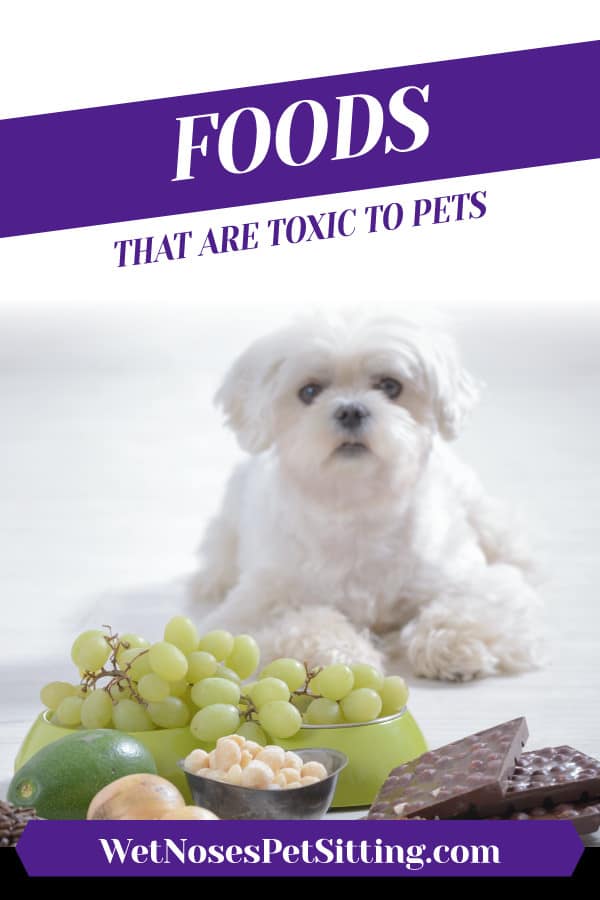 Foods That Are Toxic to Pets
Foods That Are Toxic to Pets
